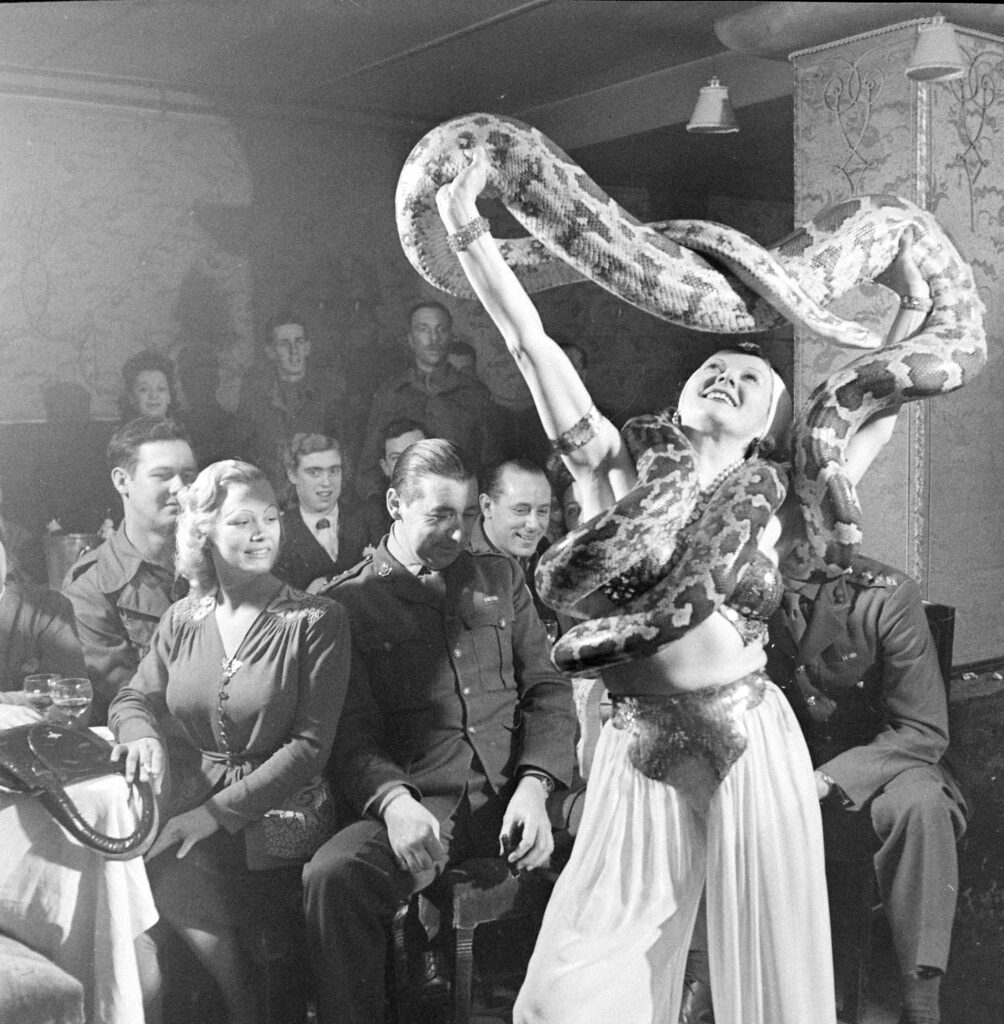In America’s most populous city, life teems not only on the streets, but below them as well. The New York City subway opened for business on October 27, 1904 and since then it has become more than a way to get around, but a place in which the city lives, standing clear of the closing doors, in chunks of a half-hour at a time (or longer, depending on delays).
It’s also a place where you can run into just about anyone—and not just the famous musicians who’ve been busking incognito with Jimmy Fallon. While the photos in this collection are heavy on famous faces and famous jewels, when pass through the turnstiles you are admittedly more likely to see commuters on the way to work, or school kids on the way to school, or a man with a parrot, or tourists on the way to one of the city’s unending list of attractions. A subway ride can contain its hardships (wi-fi is spotty at best, so bring a book), especially so if the machinery breaks down. But it’s also a way to beat the traffic, and as the photos show, noted New Yorkers such as John F. Kennedy Jr., Meryl Streep and Bernard F. Gimbel were not above going underground. They knew that this enduring monument to mass transit was a smart way to get where they were going.

Former police officer Paul Haase transporting the Hope Diamond in a wrapped box on the New York City subway, 1958. He is delivering it to the US Post Office to be mailed to the Smithsonian Institution.
Photo by Donald Uhrbrock/The LIFE Images Collection via Shutterstock

Harry Winston Jewelers exhibiting the Hope Diamond before donating to the Smithsonian, 1958.
Photo by Donald Uhrbrock/The LIFE Images Collection via Shutterstock

Chess champion Bobby Fischer studied up on his game, 1962.
Photo by Carl MydansThe LIFE Picture Collection © Meredith Corporation.

Department store magnate Bernard F. Gimbel stood among the straphangers in 1950.
Photo by Eliot Elisofon/The LIFE Picture Collection © Meredith Corporation.

Actress Meryl Streep rode a graffiti-scribbled subway in 1981.
Photo by Ted Thai/The LIFE Picture Collection © Meredith Corporation.

In 1959 LIFE followed Chicago’s Henry and Ottilie King and their 12 children on a New York vacation and saw them fill up a subway bench.
Photo by Stan Wayman/The LIFE Picture Collection © Meredith Corporation.

The roll of the rails lulled some members of the King family to sleep.
Photo by Stan Wayman/The LIFE Picture Collection © Meredith Corporation.

This subway worker’s lantern sent a signal to a train conductor in 1949.
Photo by Jerry Cooke/The LIFE Images Collection via Shutterstock.

Penny chocolate vending machines offered commuters sweet relief in 1953.
Photo by Nina Leen/The LIFE Picture Collection © Meredith Corporation.

Commuters read the news of the assassination of President John F. Kennedy in 1963.
Photo by Ralph Morse/The LIFE Picture Collection © Meredith Corporation.

A 1958 newspaper strike left commuters with no papers to read.
Photo by Walter Sanders/The LIFE Picture Collection © Meredith Corporation.

Woody Guthrie took his tunes to the tunnels in 1943.
Photo by Eric Schaal/The LIFE Picture Collection © Meredith Corporation.





















































